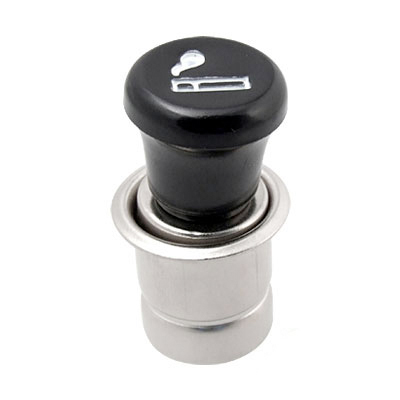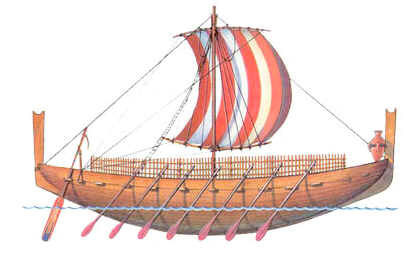 I just put up a blog about the EDA interoperability forum, much of which is focused on standards. Which reminded me just how long-lived some standards turn out to be.
I just put up a blog about the EDA interoperability forum, much of which is focused on standards. Which reminded me just how long-lived some standards turn out to be.
Back in the late 1970s Calma shipped workstations (actually re-badged Data General minicomputers) with a graphic display. That was how layout was done. It’s also why, before time-based licenses, EDA had a hardware business model, but that’s a story for another day. The disk wasn’t big enough to hold all the active designs, so the typical mode of operation was to keep your design on magnetic tape when you weren’t actually using the system. Plus you could use a different system next time rather than having to get back on the same system (this was pre-ethernet). The Calma system was called the graphic design system and the second generation was (surprise) labeled with a two. That tape backup format was thus called “graphic design system 2 stream format”. Or more concisely GDS2. Even today it is the most common format for moving physical layout design data between systems or to mask-makers, over 30 years later.
 My favorite old standard is the cigarette lighter outlet that we all have on our cars. It was actually designed in the 1950s as a cigar lighter (well, everyone smoked cigars then I guess. Men, anyway). When eventually people wanted a power source then one way to get it was to design a plug that would take power from the cigar lighter outlet. That meant no wiring was required to be done. That was about the only good thing about it. It is an awful design as an electrical plug and socket, with a spring loaded pin trying to push the plug out of the socket and nothing really holding it solidly in place. Despite this, fifty years later every car has one (or several) of these and we use them to charge our cell-phones (now there’s a use that wasn’t envisioned in the 1950s).
My favorite old standard is the cigarette lighter outlet that we all have on our cars. It was actually designed in the 1950s as a cigar lighter (well, everyone smoked cigars then I guess. Men, anyway). When eventually people wanted a power source then one way to get it was to design a plug that would take power from the cigar lighter outlet. That meant no wiring was required to be done. That was about the only good thing about it. It is an awful design as an electrical plug and socket, with a spring loaded pin trying to push the plug out of the socket and nothing really holding it solidly in place. Despite this, fifty years later every car has one (or several) of these and we use them to charge our cell-phones (now there’s a use that wasn’t envisioned in the 1950s).
Even more surprising, since you could already buy a PC power-supply that ran off a cigar outlet, when they first put power outlets for laptops on planes, they (some airlines anyway) used the old cigar lighter outlet. Imagine talking to the guy in the 1950s who designed the outlet, and you told him that in 2011 you’d use that socket to power your computer on a plane. He’d have been astounded. The average person could not afford to go on a plane in those days and, as for computers, they were room-sized, far too big to put on a plane.
 Talking of planes, why do we get on from the left hand side. It’s another old standard living on. Back 2000 years ago, before the invention of the stern-post rudder, ships were steered with a steering oar. For a right hander (that’s most of you: we left-handers are the 10%) that was most conveniently put on the right side of the ship, hence the steerboard or, as we say today, starboard side. The other side was the port side, the side of the ship put against the quay for loading and unloading, without the steering oar getting in the way. When planes first had passenger service, they were sea-planes so naturally they kept the tradition. Eventually planes got wheels, and jet engines (and cigar outlets for our computers). 2000 years after the steering oar became obsolete that standard lives on.
Talking of planes, why do we get on from the left hand side. It’s another old standard living on. Back 2000 years ago, before the invention of the stern-post rudder, ships were steered with a steering oar. For a right hander (that’s most of you: we left-handers are the 10%) that was most conveniently put on the right side of the ship, hence the steerboard or, as we say today, starboard side. The other side was the port side, the side of the ship put against the quay for loading and unloading, without the steering oar getting in the way. When planes first had passenger service, they were sea-planes so naturally they kept the tradition. Eventually planes got wheels, and jet engines (and cigar outlets for our computers). 2000 years after the steering oar became obsolete that standard lives on.








Quantum Advantage is About the Algorithm, not the Computer